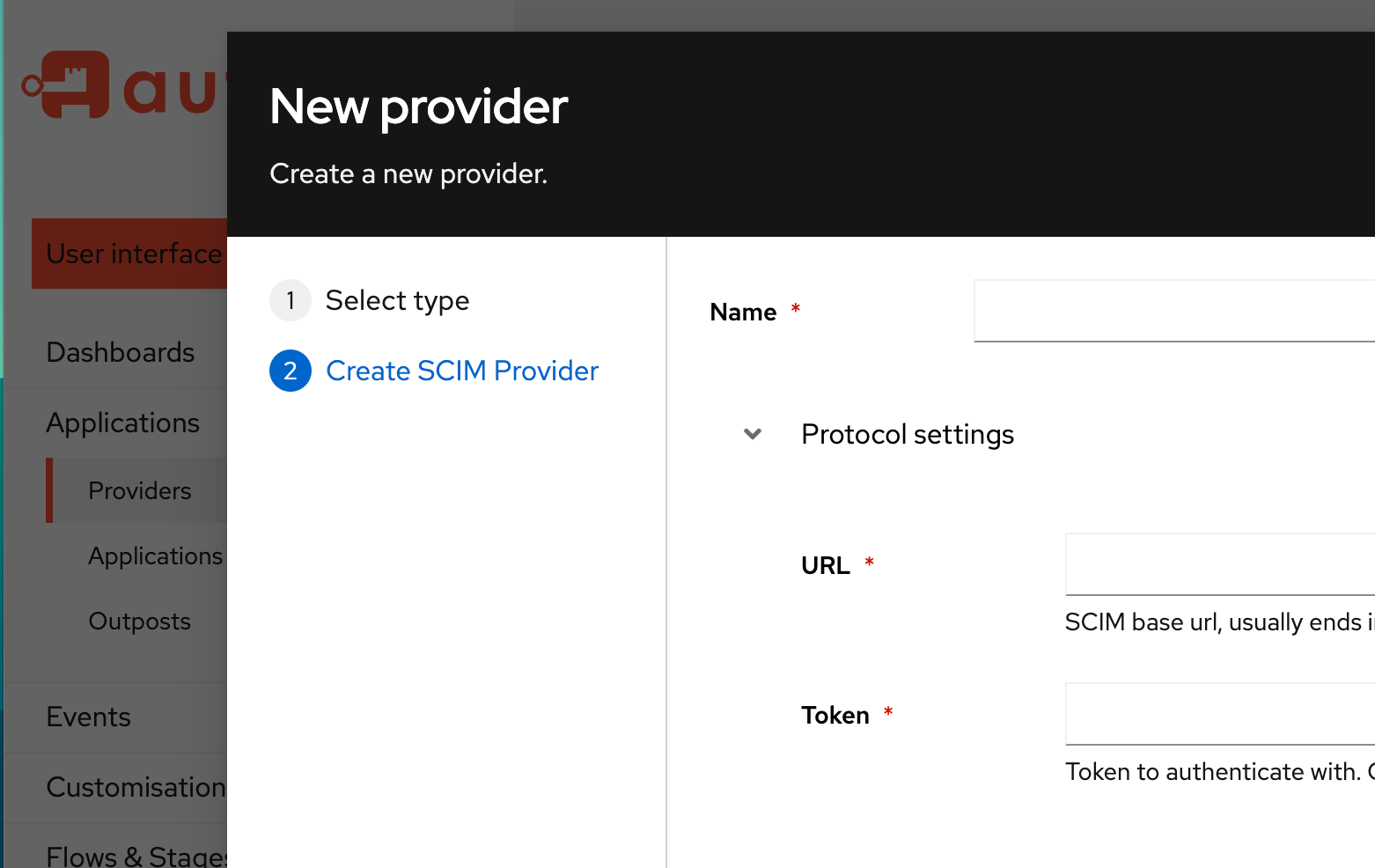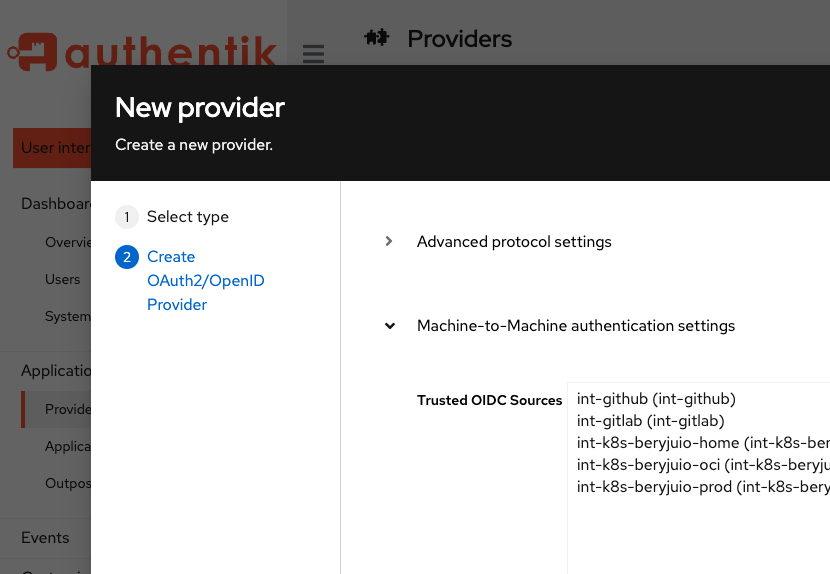authentik is an open source Identity Provider that unifies your identity needs into a single platform, replacing Okta, Active Directory, and auth0. Authentik Security is a public benefit company building on top of the open source project.
In 2024, Tom Scott and Jynn Nelson, otherwise different people in different worlds, faced very similar problems.
- Tom Scott is a YouTuber who, as of this writing, has gotten nearly 2 billion views across over 700 videos. Nearly 6.5 million people subscribe to Tom Scott’s YouTube channel.
- Jynn Nelson, a senior engineer, is a major maintainer of Rust, an open-source project that 2023 StackOverflow research showed was the most admired language among developers. About 2.2 million people are Rust developers.
In a goodbye video, Scott announced an extended break from his channel, saying, "I am so tired. There's nothing in my life right now except work.”
In a post called the rust project has a burnout problem, Nelson wrote, articulating sentiments across the Rust community, “you want a break, but you have a voice in the back of your head: ‘the project would be worse without you.’”
It’s unfortunate that this comparison makes the best opening to the point of this post: open source developers are much more like content creators than most people tend to assume.
If anything, when you look at the history of the Internet and the history of distributing content online, open source developers might be the original content creators.
By looking at the paths they have both paved and recontextualizing their work within a broader view of the creator economy, we can come to a better understanding of the shared futures of content creators and open source developers.







